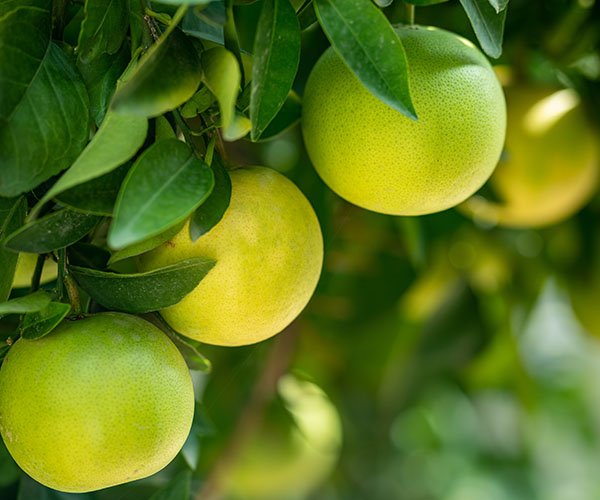Trace elements play an important role in plant growth and metabolism. The following is a description of several common trace element fertilizers and their functions, fertilization techniques and general usage concentrations:
1. The role of iron (Fe) and fertilization techniques:
Iron is an essential element in plants and participates in the synthesis of chlorophyll and electron transfer.
Fe deficiency will cause yellowing of leaves and chlorophyll degradation, affecting photosynthesis and growth and development of plants.
Iron fertilizer can be applied by rhizosphere fertilization or foliar spray. Iron-containing fertilizers such as ferrous sulfate can be used for rhizosphere fertilization, and chelated iron and other fertilizers can be used for foliar spraying. The concentration is generally controlled at 0.1-0.2%.
2. The role of manganese (Mn) and fertilization techniques:
Manganese is an essential element in plants, involved in the synthesis of chlorophyll and maintaining enzyme activity.
Mn deficiency can cause yellow and white spots on plant leaves, affecting photosynthesis and yield.
Manganese fertilizer can be applied by rhizosphere fertilization or foliar spray. Manganese-containing fertilizers such as manganese sulfate can be used for rhizosphere fertilization, and chelated manganese and other fertilizers can be used for foliar spraying. The concentration is generally controlled at 0.1-0.2%.
3. The role of copper (Cu) and fertilization techniques:
Copper is an essential element in plants and participates in enzyme activity and photosynthesis.
Cu deficiency will cause plant leaves to turn white and stems and leaves to become soft, affecting photosynthesis, growth and development.
Copper fertilizer can be applied by rhizosphere fertilization or foliar spray. Copper-containing fertilizers such as copper sulfate can be used for rhizosphere fertilization, and chelated copper and other spray fertilizers can be used for foliar spraying. The concentration is generally controlled at 0.05-0.1%.


